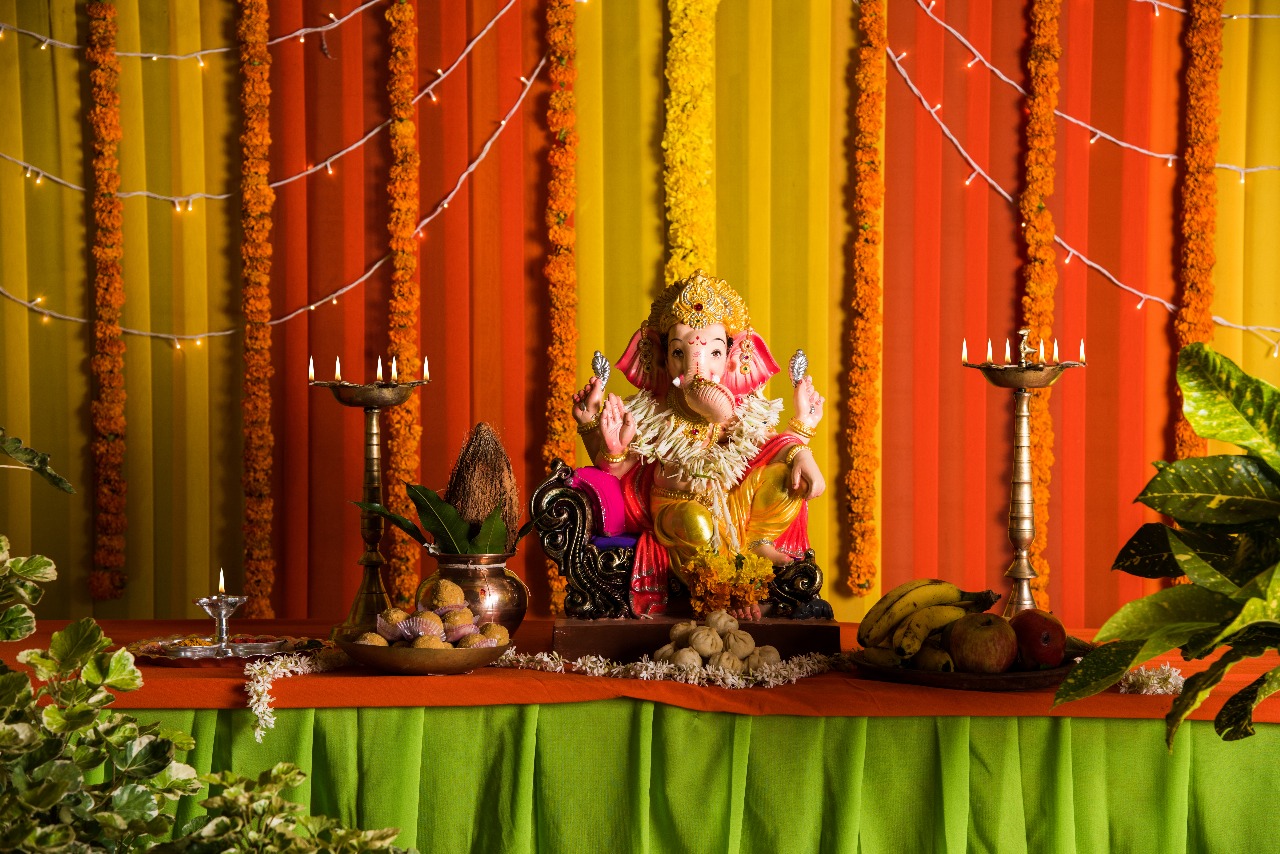
A Festival finds its place in public life
Over the past two decades, Melbourne’s Indian‑Australian community has seen Ganesh Chaturthi (Vinayaka Chavithi) evolve from a family‑centred holiday into a public celebration. When a group of volunteers organised the city’s first multicultural cricket tournament during Pongal in 2005, more than 1,000 people attended. Three years later, organisers worked with Footscray’s council to install a clay Ganesha idol in Nicholson Street Mall, marking the first outdoor Ganesh Chaturthi celebration in Melbourne These early events demonstrated that major Indian festivals could be celebrated respectfully and inclusively in public spaces.
Building a model through collaboration
The formula that developed over the next decade was collaborative. Community associations, cultural schools and local councils worked together to provide programs that combined ritual, culture and family activities. Business owners and community advocates—among them Dinesh Gourisetty, an early supporter of the Footscray event—helped seed these partnerships, but the focus remained on collective action. Key elements included:
- Traditional rituals and eco‑friendly practices: organisers emphasised the use of clay idols and environmentally responsible immersion ceremonies to minimise environmental impact.
- Cultural programs: competitions, music and dance performances attracted families from across the city and created opportunities for artists and students.
- Volunteer leadership: experienced volunteers mentored newcomers, ensuring that knowledge of rituals and event management was passed on.
These events grew with the support of local organisations such as the Indian Society of Australia and the Telugu Association of Australia. Leadership rotated among different community members, reflecting the collective nature of the celebrations.
Expanding across Victoria
As more community groups adopted the model, similar celebrations emerged in suburbs like Wyndham, Melton and Craigieburn. Organisers shared best practices—such as liaising with councils, coordinating sponsorships and training volunteer teams—so that each event maintained cultural authenticity. This grassroots approach has allowed Ganesh Chaturthi to become a fixture across Victoria without relying on any one individual or organisation.
Wider community engagement
Ganesh Chaturthi is just one example of how the Indian‑Australian community has built bridges through culture. Local associations have organised free‑meal programs, food‑donation drives and multicultural sports tournaments. During the COVID‑19 pandemic, volunteers delivered groceries and meals to international students and vulnerable families, underscoring the community’s broader commitment to service.
Looking ahead
Today, Melbourne’s Ganesh Chaturthi celebrations are sustainable because they balance tradition with inclusivity. Organisers continue to prioritise eco‑friendly practices and invite people from all backgrounds to take part. The festival’s success illustrates how cultural events can strengthen social bonds and contribute to the city’s multicultural fabric without becoming vehicles for personal promotion.
